Cultural Preservation and Heritage Conservation: Cultural preservation and heritage conservation are vital pursuits that aim to safeguard and celebrate the rich tapestry of human history. They encompass a range of practices, initiatives, and policies that strive to protect, document, and transmit our cultural heritage to future generations. In an increasingly globalized world, where the forces of modernization and globalization often threaten traditional cultures and historic landmarks, the importance of preserving and conserving our cultural heritage cannot be overstated. This article explores the significance of cultural preservation and heritage conservation, highlighting their benefits, challenges, and the measures taken to ensure the longevity of our diverse cultural legacies.
I. Understanding Cultural Preservation and Heritage Conservation:
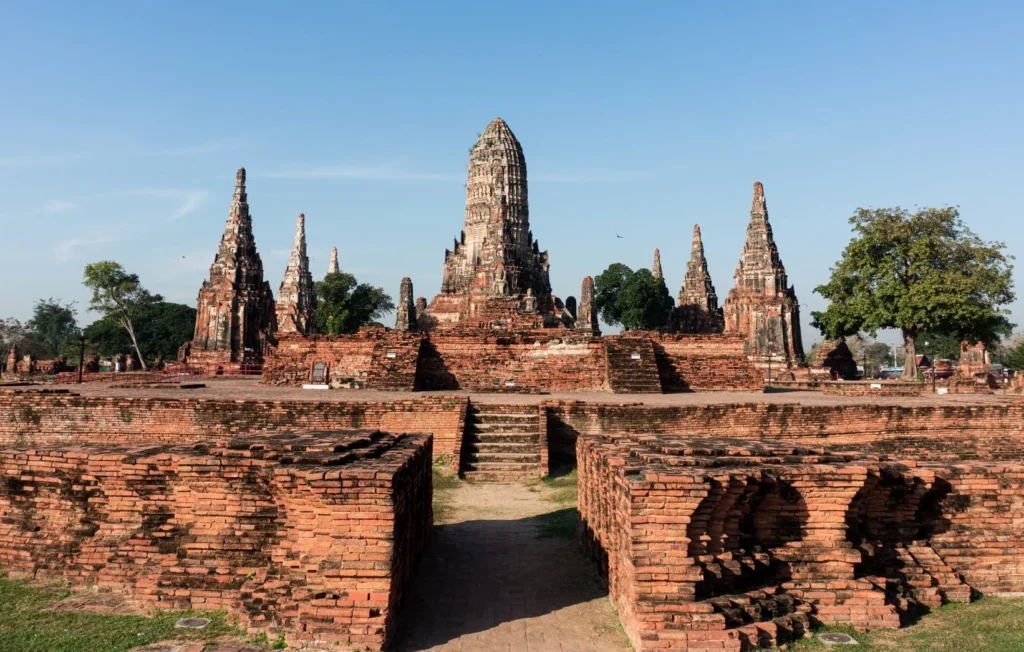
- Defining Cultural Preservation: Cultural preservation refers to the efforts made to safeguard and protect the cultural traditions, customs, practices, artifacts, and knowledge of a particular community or society. It involves maintaining the integrity of cultural expressions, including language, arts, music, folklore, and rituals.
- Exploring Heritage Conservation: Heritage conservation focuses on the protection, restoration, and maintenance of physical structures, landmarks, and sites that hold historical, architectural, or cultural significance. These can include monuments, archaeological sites, historic buildings, or natural landscapes.
II. The Importance of Cultural Preservation and Heritage Conservation:
- Identity and Cultural Diversity: Cultural preservation and heritage conservation are crucial for maintaining and promoting cultural identity and diversity. They allow communities to connect with their past, understand their roots, and foster a sense of belonging and pride.
- Education and Research: Preserving cultural heritage provides valuable resources for education and research. Historical sites, artifacts, and traditions offer insights into past civilizations, enabling scholars, archaeologists, and anthropologists to deepen their understanding of human history.
- Economic and Tourism Benefits: Cultural preservation and heritage have economic benefits. Historic sites and cultural landmarks often attract tourists, boosting local economies and creating employment opportunities. They contribute to cultural tourism, attracting visitors who wish to explore unique cultural experiences.
III. Challenges in Cultural Preservation and Heritage Conservation:
- Urbanization and Development: Rapid urbanization and modern development pose significant challenges to cultural preservation. As cities expand, traditional neighborhoods and historic structures often face destruction or neglect in the name of progress.
- Natural Disasters and Climate Change: Natural disasters and climate change pose threats to cultural heritage. Rising sea levels, extreme weather events, and earthquakes can damage or destroy vulnerable sites and structures.
- Conflict and Warfare: Armed conflicts and warfare have devastating effects on cultural heritage. Deliberate destruction, looting, and illicit trafficking of artifacts and antiquities during times of conflict pose grave threats to cultural preservation.
IV. Measures for Cultural Preservation and Heritage Conservation:
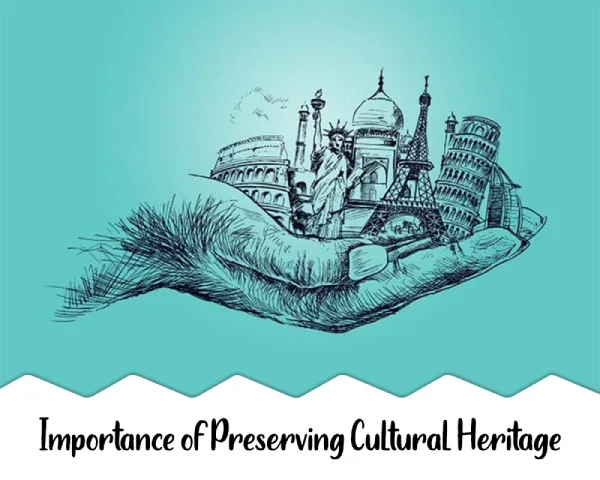
- Legislative and Policy Frameworks: Countries employ legislative and policy measures to protect cultural heritage. Laws, regulations, and international conventions ensure the preservation and conservation of significant sites and artifacts.
- Public Awareness and Education: Creating awareness among the public about the value of cultural heritage is essential. Educational programs, campaigns, and community engagement initiatives help foster appreciation and support for cultural preservation efforts.
- Conservation and Restoration: Conservation experts and organizations play a critical role in preserving cultural heritage. Through careful documentation, scientific analysis, and restoration techniques, they ensure the longevity and integrity of historic structures and artifacts.
- International Cooperation: International cooperation and collaboration are vital in addressing the challenges of cultural preservation and heritage. Organizations like UNESCO (United Nations Educational, Scientific and Cultural Organization) work towards the protection of cultural heritage worldwide.
Cultural and heritage are indispensable for maintaining the diverse fabric of human history. By protecting cultural traditions, artifacts, and historic sites, we ensure the continuity of our collective memory and heritage.
Read Also: Glasgow Foodie
![]()

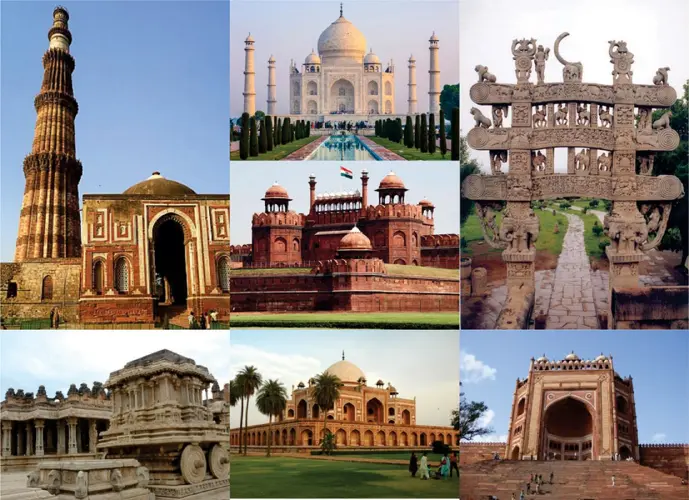

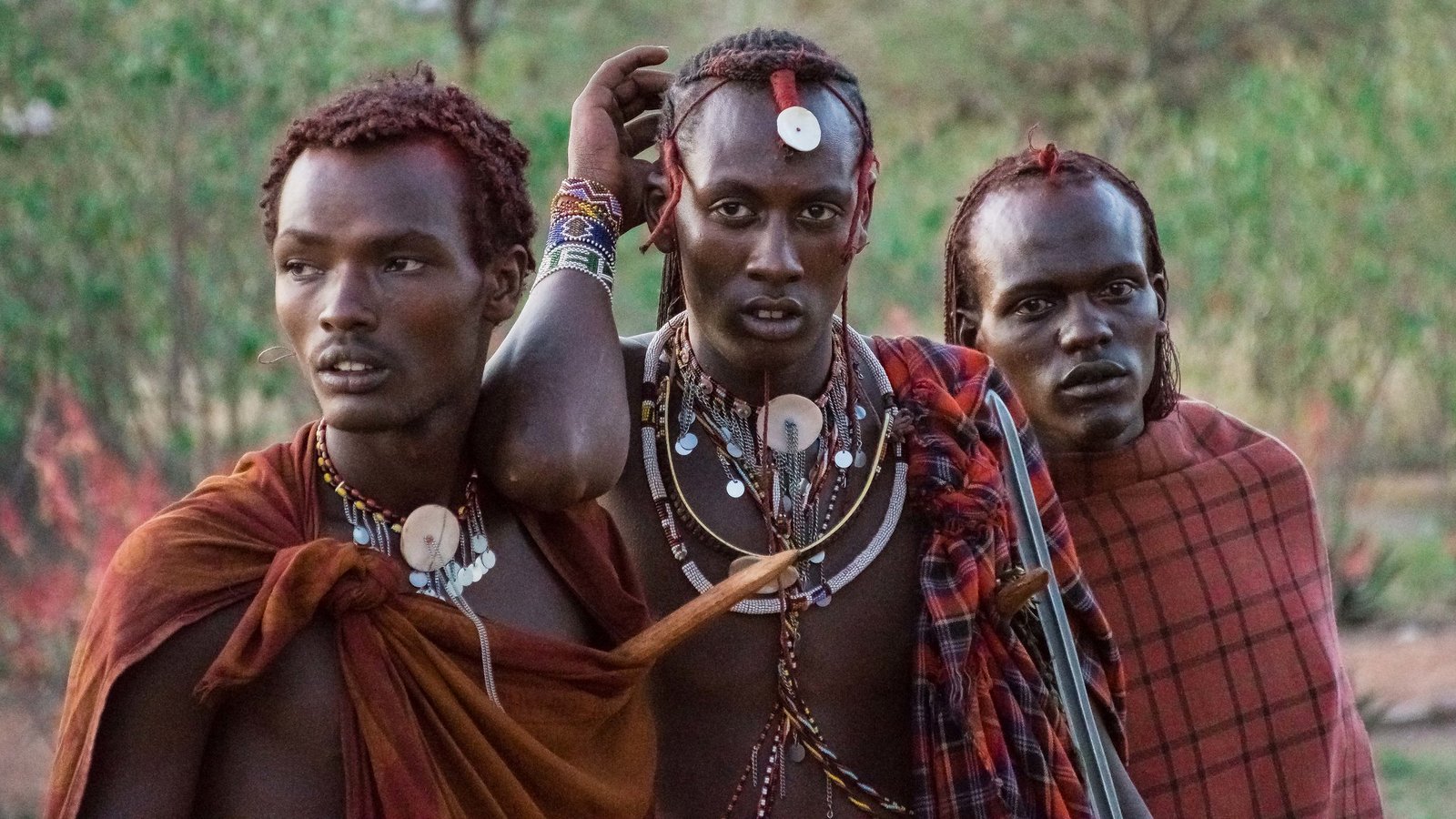

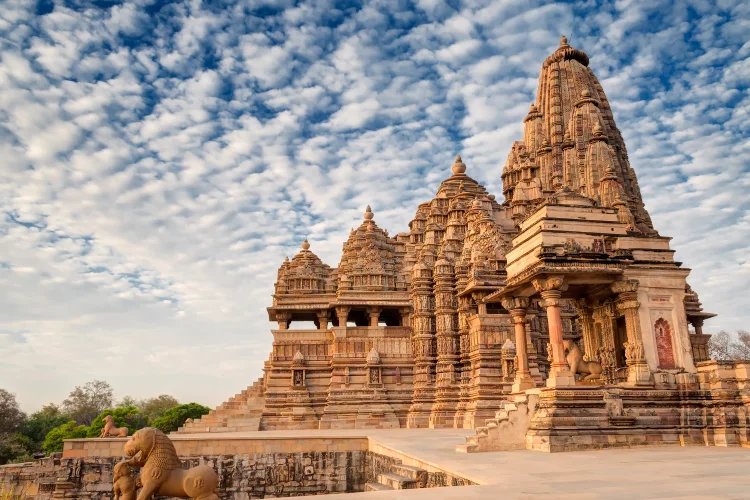
One thought on “Cultural Preservation and Heritage Conservation”